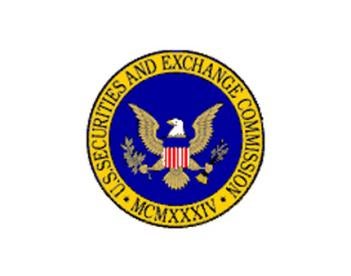Relying on a data-driven statistical analysis conducted by the Division of Economic and Risk Analysis (DERA), the SEC recently commenced administrative proceedings against an investment advisor, Welhouse & Associates, Inc., and its principal, charging them with improperly allocating profitable options trades to the principal’s own accounts while allocating unprofitable trades to the firm’s clients. The SEC’s announcement states that it is the first enforcement proceeding arising from the Commission’s recent initiative to use statistical analyses “to identify potentially fraudulent trade allocations known as ‘cherry-picking.’”
The Order initiating proceedings states that DERA analyzed the firm’s allocation of options trades over 35 months, from February 2010 to January 2013. During this time, the SEC alleges that options trades were typically executed through a master account at the firm’s broker, and allocated later in the day to either the principal’s accounts or client accounts.
In reviewing the allocations, DERA computed the profit or loss on the first day of the trade, reflecting the return on the day that the allocation was made, and compared the first-day returns for the trades allocated to the principal’s accounts with the first-day returns for the trades allocated to client accounts. According to the Order, DERA determined that trades allocated to the principal’s accounts had an average one-day return of 6.28%, while trades allocated to other accounts had an average one-day return of -5.05%
DERA then conducted further analysis to determine whether the difference in first-day profits was statistically significant, or whether the principal might have by chance selected a lucky combination of trades. This analysis, involving one million random simulations, allegedly demonstrated that the likelihood of the principal’s accounts receiving such a high proportion of profitable trades by pure random chance was less than one in one trillion.
During the relevant period, the respondents supposedly represented to clients that trade allocations were made on a fair and equitable basis. The SEC charged that these statements were false and alleged violations of Section 10(b) of the Exchange Act of 1934 and Rule 10b-5, Section 17(a) of the Securities Act of 1933, as well as multiple violations of the Investment Advisors Act of 1940.
This case shows that conflicts of interest remain one the Commission’s top enforcement and examination priorities. Investment advisors and fund managers can expect continued regulatory interest in allocation of trades, allocation of expenses, and other issues related to conflicts of interest, and the use of increasingly sophisticated tools to identify potential problems.




 i
i


